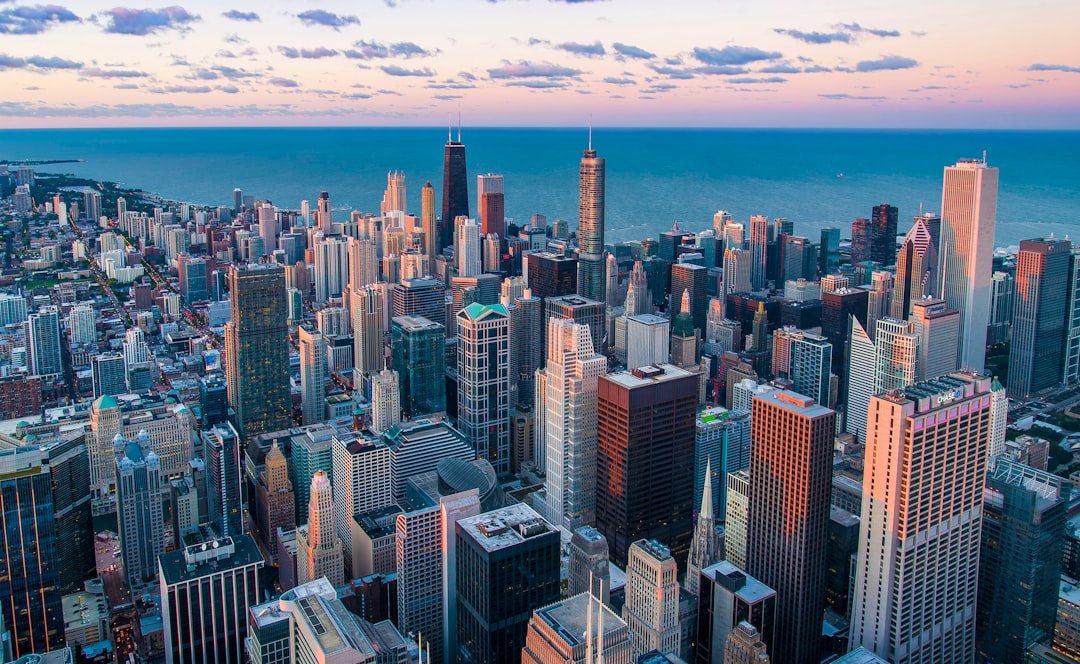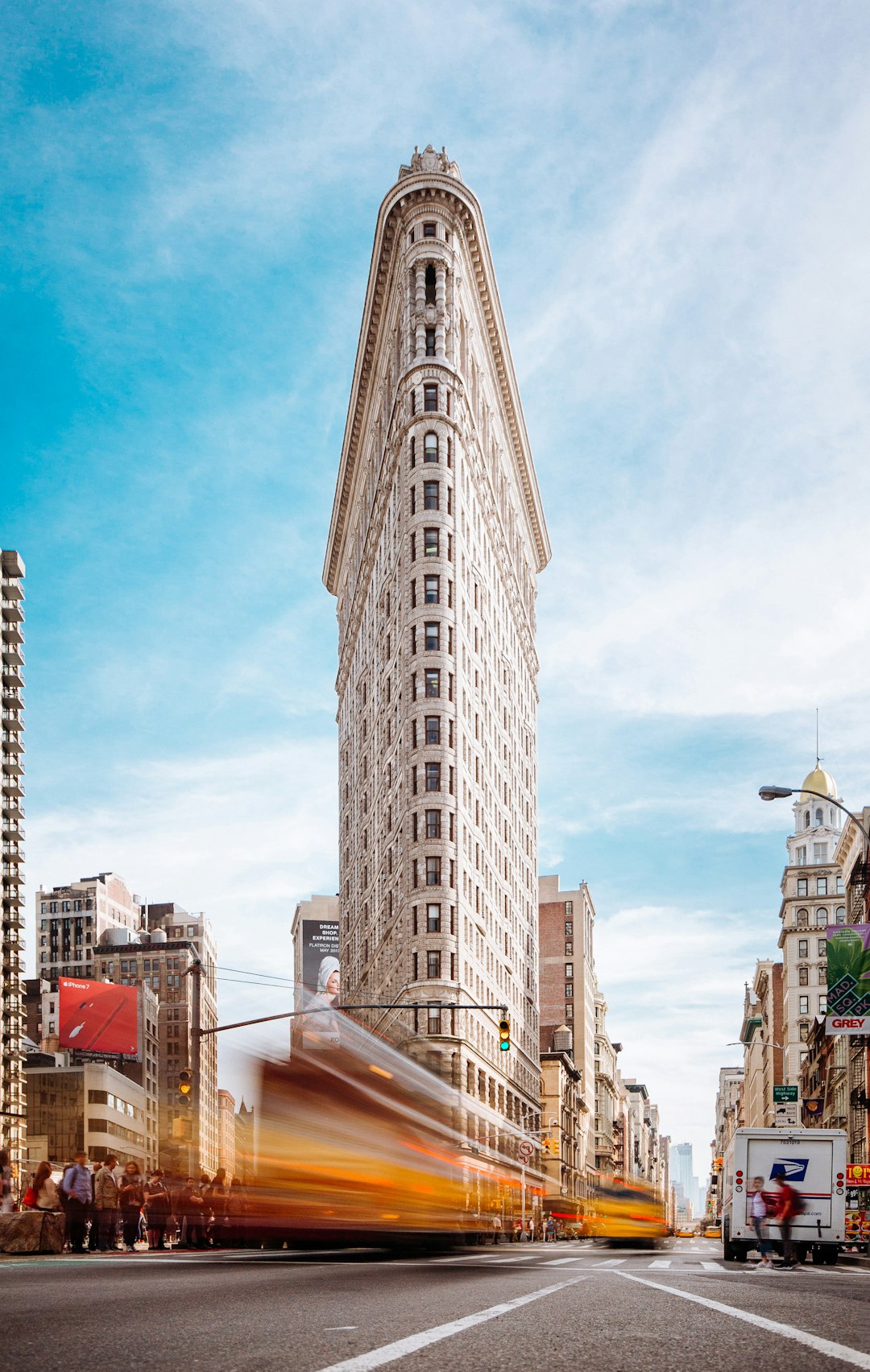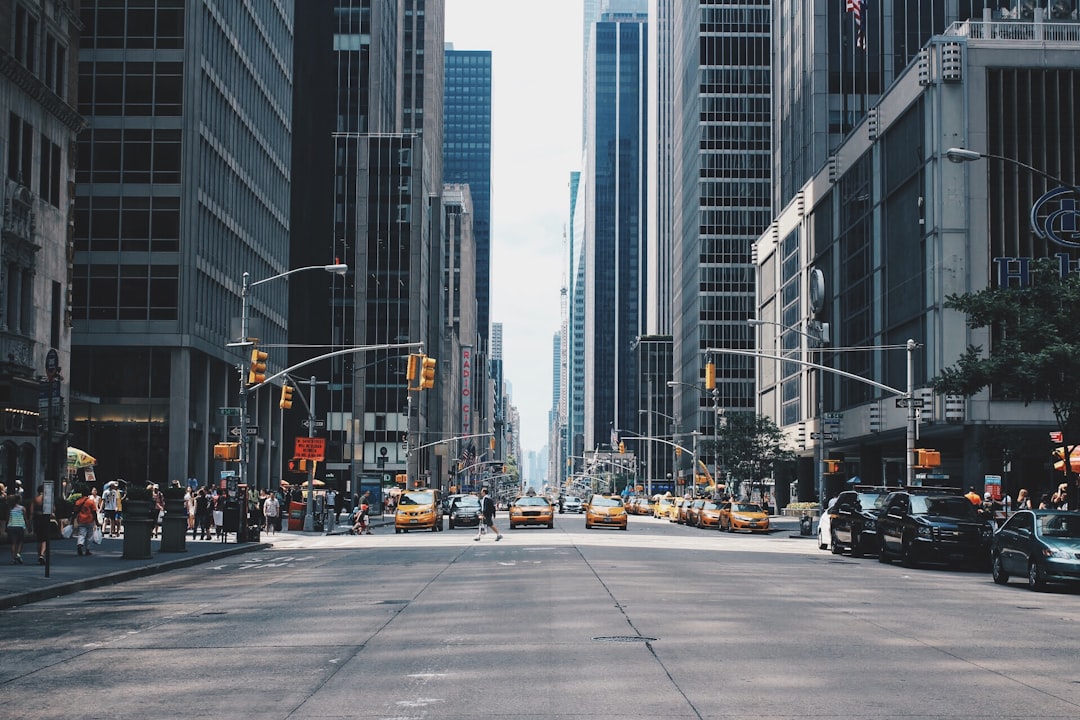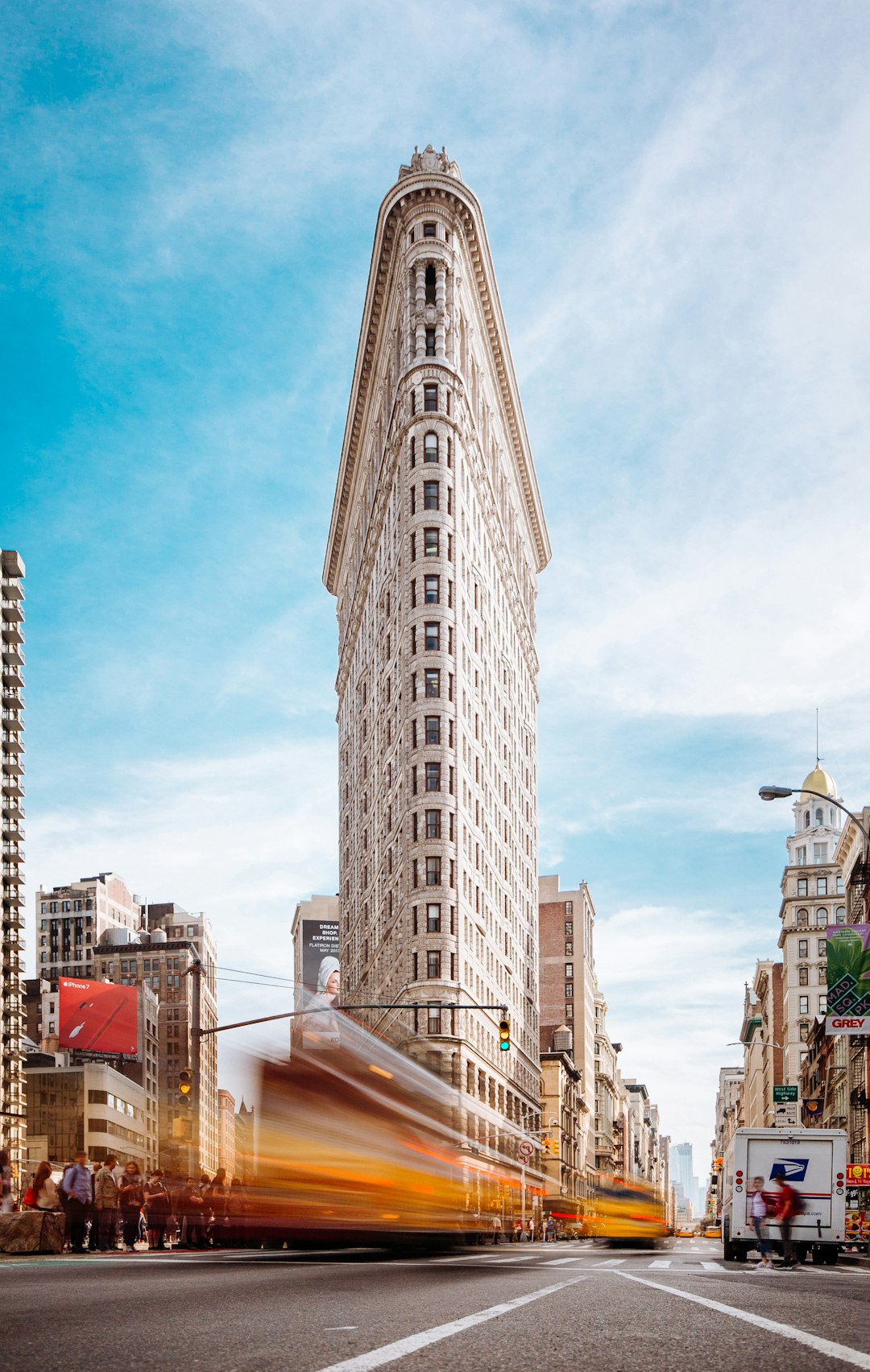Riverside's city planning integrates historical preservation with modern urban development, focusing on maintaining architectural landmarks like the Mission Inn and promoting a vibrant, sustainable future. The approach prioritizes adaptive reuse of existing structures alongside innovative design in new projects to honor the city's past while meeting contemporary needs. This balanced strategy ensures that Riverside's cultural heritage is preserved and celebrated, providing an immersive experience for residents and visitors alike. The city serves as a model for others worldwide seeking to harmoniously blend historical charm with modern urban living through careful planning. Riverside's commitment to its architectural legacy, including neighborhoods like Arlington Heights, underscores the importance of strategic zoning, sustainable design, and community engagement in city planning. The goal is to sustain Riverside's unique character while fostering growth and well-being for future generations, emphasizing long-term sustainability and proactive policy-making.
Navigating the delicate interplay between honoring Riverside’s rich tapestry of history and fostering contemporary urban development presents a multifaceted challenge. This article delves into the nuanced strategies that bridge the gap between preserving the past and embracing the future, all within the framework of informed city planning. We explore the significance of Riverside’s architectural legacy, the economic implications of maintaining its historical character, and the role of community engagement in shaping a sustainable and culturally enriched urban landscape. Through zoning innovations, public-private partnerships, and technological advancements, we can revitalize Riverfronts and infrastructure while upholding the city’s cultural identity. This comprehensive analysis offers insights into key considerations for harmonizing history with modern amenities, showcasing case studies of successful preservation amidst growth, and envisioning Riverside’s evolving narrative through a multi-disciplinary approach to city planning.
- Embracing Riverside's Past and Shaping its Future through Informed City Planning
- The Historical Significance of Riverside and Its Architectural Heritage
- Understanding the Challenges of Balancing Preservation and Progress in Urban Development
Embracing Riverside's Past and Shaping its Future through Informed City Planning

Riverside, a city rich in history and cultural heritage, stands at a pivotal juncture where honoring its past is as crucial as preparing for an adaptable future. Embracing Riverside’s storied history requires a delicate balance between preservation and innovation. City planning plays a pivotal role in this endeavor, serving as the conduit through which the city’s legacy is both safeguarded and celebrated. Informed city planning initiatives are essential to maintain the architectural integrity of landmarks like the Mission Inn, ensuring they remain as focal points within the urban landscape. These efforts must also consider the integration of modern amenities and sustainable practices that cater to contemporary needs without compromising the historical character that defines Riverside’s identity. By incorporating adaptive reuse of historic structures and thoughtful design in new developments, city planners can create a living tapestry of history and progress, allowing residents and visitors alike to experience the richness of Riverside’s past while enjoying the benefits of modern urban life. This harmonious blend of old and new, carefully orchestrated through city planning, not only preserves the city’s heritage but also positions it as a model for other cities facing similar challenges in maintaining their historical significance amidst urban evolution.
The Historical Significance of Riverside and Its Architectural Heritage

Riverside, California, has long stood as a testament to the harmonious blend of history and modernity within urban settings. Its architectural heritage is a rich tapestry that weaves together various historical periods, from the Mission Revival style of the early 20th century to the Art Deco influences of the 1930s. The city’s planning efforts have consistently sought to preserve this legacy, with landmarks such as the Mission Inn, a grand hotel and museum that embodies the essence of Riverside’s heritage, standing as a centerpiece of its cultural identity. The historic neighborhoods, like Arlington Heights, offer a glimpse into the past, with their well-preserved homes reflecting the architectural diversity and craftsmanship of the time when they were built. City planning in Riverside has thus far balanced development with preservation, ensuring that the city’s history is not lost amidst the demands for contemporary urban growth. This delicate equilibrium requires ongoing attention and strategic planning to maintain the architectural integrity that defines Riverside’s unique character. As the city evolves, it must continue to prioritize the conservation of its historical assets, which contribute significantly to its cultural narrative and serve as a foundation for sustainable community development.
Understanding the Challenges of Balancing Preservation and Progress in Urban Development

Riverside, with its rich tapestry of historical sites and architectural landmarks, stands at a pivotal juncture where the city’s past and future intersect. City planners grapple with the challenge of honoring the city’s legacy while navigating the demands of contemporary urban development. This delicate balance requires a nuanced approach that respects the integrity of Riverside’s heritage while fostering growth that meets modern needs. Preservation efforts are often at odds with development projects, which can lead to tension between preservationists and urban developers. The historical significance of Riverside’s buildings, streets, and cultural assets must be carefully considered against the backdrop of new construction, which may bring economic benefits but could also overshadow the city’s unique character if not managed thoughtfully.
To successfully maintain the essence of Riverside’s history while embracing progress, city planners must engage in inclusive and forward-thinking city planning. This involves strategic zoning, sustainable design practices, and community involvement to ensure that development projects enhance rather than detract from the existing fabric of the city. By integrating historical preservation into the core of urban planning, Riverside can safeguard its storied past while paving the way for a vibrant, adaptable future. The key lies in creating a harmonious environment where the old and new coexist, contributing to a living, breathing city that honors its origins without being stagnant. This requires a proactive rather than reactive approach, with policies and plans that prioritize the long-term well-being of both Riverside’s residents and its architectural heritage.
Riverside’s rich tapestry of history and its commitment to city planning for the future are intricately linked, necessitating a thoughtful approach to urban development. The city’s architectural heritage stands as a testament to its storied past, offering residents and visitors alike a connection to bygone eras. Navigating the balance between honoring this legacy and embracing modern advancements is a nuanced endeavor that requires strategic city planning. By doing so, Riverside can continue to thrive, ensuring that its historical significance endures alongside the comforts and innovations of contemporary urban life. As the city moves forward, it is the harmonious blend of these elements that will define its character for generations to come.
